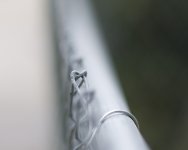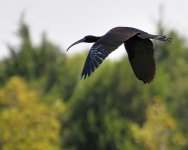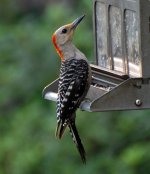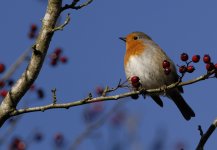I always wanted a 2.8 lens and some time ago got a sigma 70-200 2.8.Not understanding about depth of field and aperture at that time i was shocked at how shallow the focus depth was at 200 using 2.8.It felt pretty useless and i wondered what the 2.8 fuss was all about.my question is am i right in presuming that the more you reduce the magnification the greater your depth of field at 2.8 becomes.So a nikon 20mm 2.8 would give much more depth of field at 2.8 than a 300mm 2.8 at 2.8....Thanks
-
Welcome to BirdForum, the internet's largest birding community with thousands of members from all over the world. The forums are dedicated to wild birds, birding, binoculars and equipment and all that goes with it.
Please register for an account to take part in the discussions in the forum, post your pictures in the gallery and more.
2.8 lenses and depth of field question. (1 Viewer)
- Thread starter Dumfound
- Start date









